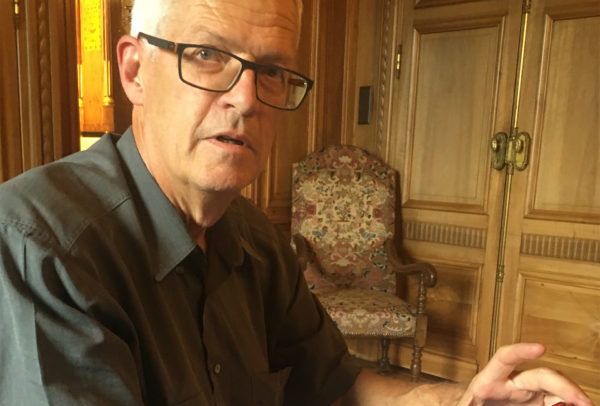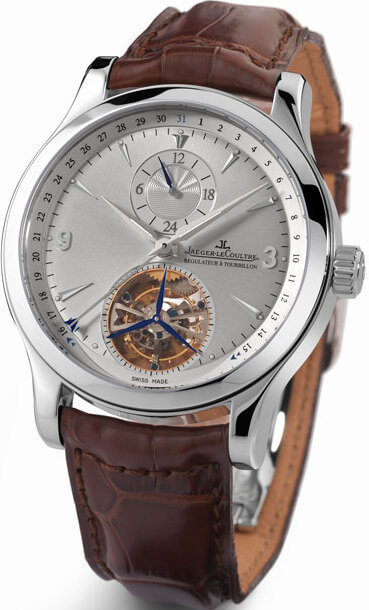One watch! Just one watch still in the running for the fifth Concours International de Chronométrie (CIC), which began last August 30th. After an improbable preliminary phase, the results of the competition will no longer be announced as planned on December 16th. Instead, out of respect for the laboratories and sponsors, the organisers are planning a “celebration of Swiss horological precision”. A sorry state of affairs, given that this should have been a celebration and an opportunity to “highlight the expertise, passion and perfection at the very origin of the history of watchmaking,” to quote the preamble to the very first CIC in 2009. But that was before the watch world lost its competitive spark, replaced by pride, arrogance and profit-seeking. The Musée d’Horlogerie du Locle, which initiated the competition, is seriously considering throwing in the towel. For good.
We thought the Swiss-Made criterion would satisfy a majority of Swiss brands. But it wasn't enough.
Could anyone have predicted such an outcome? The organisers had been given plenty of promises after all, and there was a genuine sentiment of enthusiasm for the event. After a “gap year” in 2017, following the 2015 competition when only seven brands took part and Tissot walked off with four of the five prizes, members of the organising committee and its chairman, Philippe Fischer, had high hopes that, at long last, they had come up with a format most brands could get onboard with. Firstly, to be eligible watches must have the Swiss-Made label (previously they could come from anywhere in Europe). Secondly, whereas previous competitions published the three top-ranking watches in each category, under the new rules there would be a list of finalists who would receive either an “excellent” or “exceptional” rating. Yet another two concessions made to the brands after the already many revisions to the rules, such as the creation of an Anonymous category in 2013 or in 2015 publication only of those watches to have made it through the first round (the “nominees”) rather than the list of all entrants. “We thought the Swiss-Made criterion would satisfy a majority of Swiss brands,” says Philippe Fischer. “But it wasn’t enough. Now we regret introducing it.”
Broken promises
The organisers certainly didn’t deserve the car crash that followed. They had expected a dozen, maybe even fifteen brands to enter. By end April, after extending the deadline by a month, only five watches were signed up. One was withdrawn before the competition began. Another was refused because it lacked a seconds hand. Yet another never turned up – something which has never happened before, according to Philippe Fischer. A fourth failed the initial chronometry test, excluding it from the list of nominees. Only one is taking part as planned although, by mutual agreement with the maker, the organisers have decided not to publish its name. A crestfallen Fischer admits that “we are very seriously disappointed.”

The twenty-first century’s first chronometry competition may have had modest beginnings – launched in 2009 as a biennial event with sixteen watches enrolled – it did have grand ambitions to recreate the observatory trials of the eighteenth century; famed for testing and observing the timekeeping capacities of marine chronometers. Competitions held at Geneva Observatory from 1848 and in Neuchâtel from 1860 provided makers with valuable information. The early twentieth century was about performance; movements were meticulously primed by a specially appointed régleur employed by the various brands taking part. And they were legion: “Between 1860 and 1985, no fewer than 46,198 watches across all categories were submitted to the Neuchâtel Observatory (…),” writes Charles Thomann in Les dignitaires de l’horlogerie (published by Le Griffon, 1981). Over time, refinements were made and gradually a single set of rules emerged that became ISO 3159, the standard that still applies today and forms the basis of the CIC.
Marketing and management are convinced the competition risks doing the brand's reputation more harm than good.
That glorious age belongs to the past. Instead of seeing the benefits to be gained, these competitions are more often considered a threat. “The technicians and engineers would all love to take part,” insists Philippe Fischer, “but marketing and management are convinced they risk doing the brand’s reputation more harm than good.” An attitude that has taken its toll.













